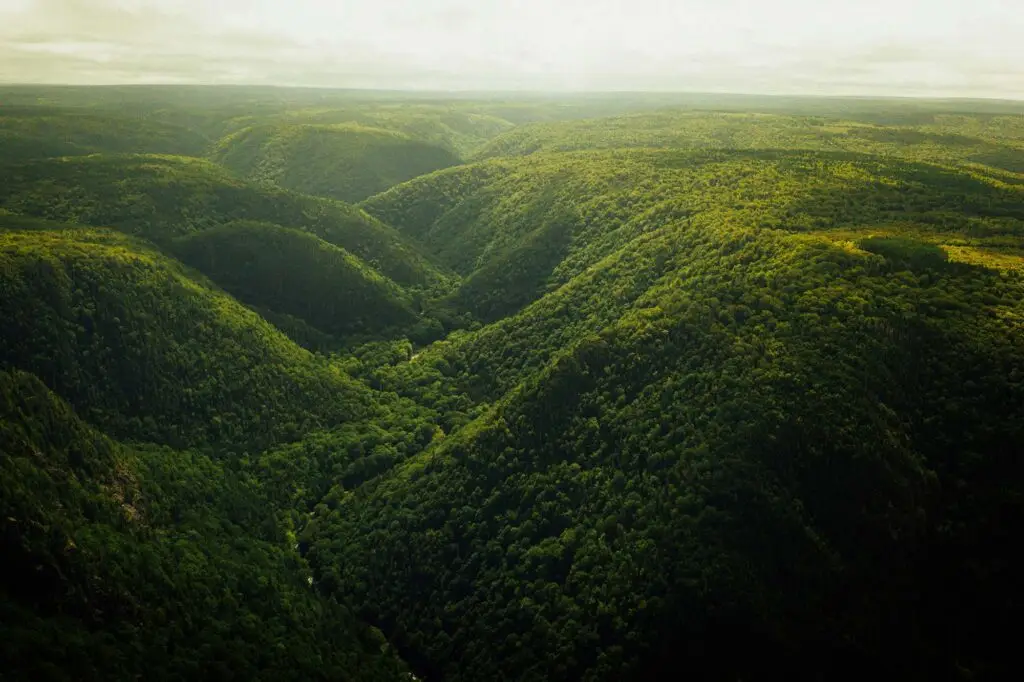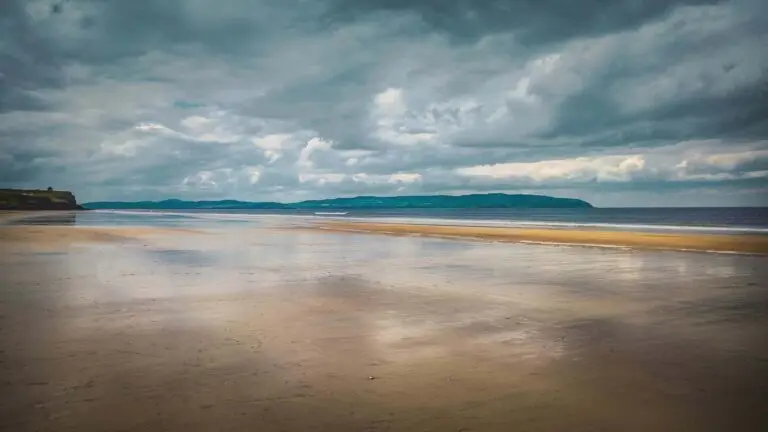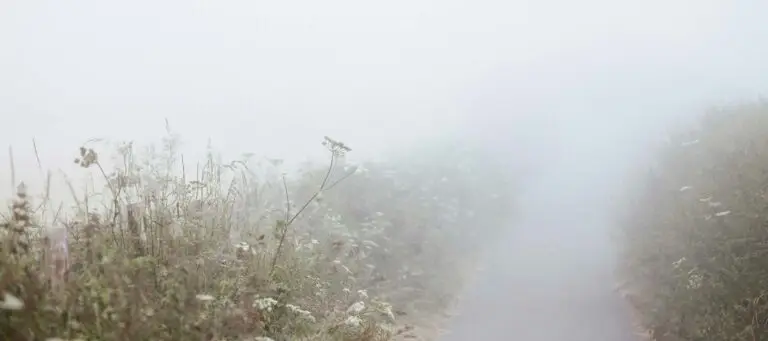Origins and History
The story of the Cape Breton fiddle style begins in the Highlands and Islands of Scotland, where fiddle music played a central role in rural life. During the 18th century, political and economic upheaval—including the Highland Clearances—forced many Scots to emigrate. Cape Breton Island became a popular destination, offering land and opportunities to start anew.
These Scottish settlers brought their music with them, including strathspeys, reels, jigs, marches, and airs. At the time of their emigration, Scotland was experiencing a rich period of fiddle composition, with legendary composers such as Niel Gow, William Marshall, and Simon Fraser producing enduring works. These tunes, along with traditional Gaelic songs and dance music, formed the backbone of the Cape Breton repertoire.
Unlike Scotland, where modernisation and cultural suppression under British rule began to erode traditional music, Cape Breton’s relative isolation allowed the fiddle tradition to thrive. For generations, Cape Breton fiddlers passed down their music aurally, preserving not only the tunes but also the playing techniques, rhythms, and dance traditions that accompanied them.
The Cape Breton Fiddle Style
The Cape Breton fiddle style is notable for its close ties to dance. Cape Bretoners value the music’s role in traditional step dancing and square dancing, so fiddlers often prioritise rhythm, lift, and energy in their playing.
Key Characteristics:
1. Driving Rhythm and Pulse:
Cape Breton fiddlers emphasise strong, danceable rhythms, often using deliberate bowing patterns to create a sense of drive and lift.
2. Ornamentation:
Grace notes, rolls, and bowed triplets are frequently used to add texture and excitement. The ornamentation is heavily influenced by the older Scottish styles but adapted to the Cape Breton aesthetic.
3. Bow Control:
Bowing in Cape Breton fiddling is dynamic and precise, with techniques such as up-driven bowing (an emphasised upstroke) playing a significant role in creating rhythmic clarity.
4. Repertoire:
The repertoire includes a mix of strathspeys, reels, jigs, and marches, with strathspeys being particularly prominent. These tunes, marked by their characteristic dotted rhythms and snaps, are a hallmark of the Cape Breton sound.
Preservation and Revival
Throughout the 20th century, Cape Breton fiddling experienced a revival, thanks in part to the efforts of influential musicians and cultural organisations.
Winston “Scotty” Fitzgerald (1914–1987) is often credited as the first fiddler to bring Cape Breton music to a wider audience through recordings. His clean, expressive playing set the standard for future generations.
Buddy MacMaster (1924–2014) was another towering figure in Cape Breton music, renowned for his impeccable timing and respect for the tradition.
Modern players like Natalie MacMaster and Ashley MacIsaac have brought Cape Breton fiddling to international stages, blending traditional techniques with contemporary influences.
The tradition has also been preserved through community events such as céilidhs, festivals, and step-dancing gatherings, where the music remains central to social life.
The Connection to Scotland
Despite its evolution in Canada, the Cape Breton fiddle style maintains strong ties to its Scottish roots. Many of the tunes played in Cape Breton today can be traced directly back to Scottish composers of the 18th and 19th centuries. However, Cape Bretoners have developed their own interpretations, often playing with greater rhythmic intensity and a focus on danceability.
In recent decades, there has been a cultural exchange between Cape Breton and Scotland, with fiddlers from both traditions learning from and influencing one another. This connection underscores the shared heritage and enduring vitality of Celtic music.
Resources
Winston “Scotty” Fitzgerald playing the hornpipe King Of The Faeries.
Buddy MacMaster playing a medley of tunes accompanied by piano.
Natalie MacMaster playing a medley of tunes.
Ashely MacIsaac demonstrating how Celtic folk music can flow alongside the punk scene.
Ashely MacIsaac demonstrating the raw power of Cape Breton fiddling and step dancing with The Chieftains.



